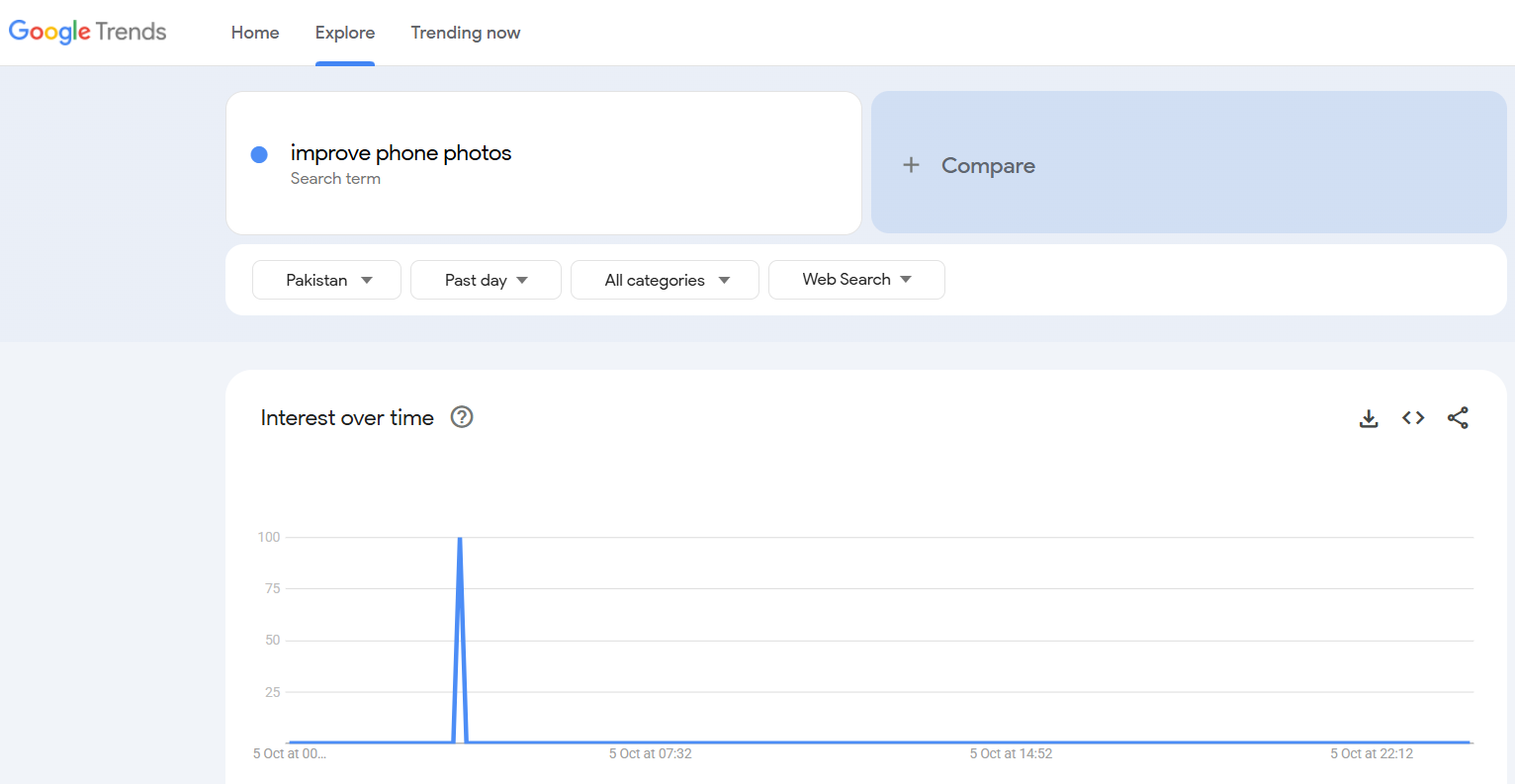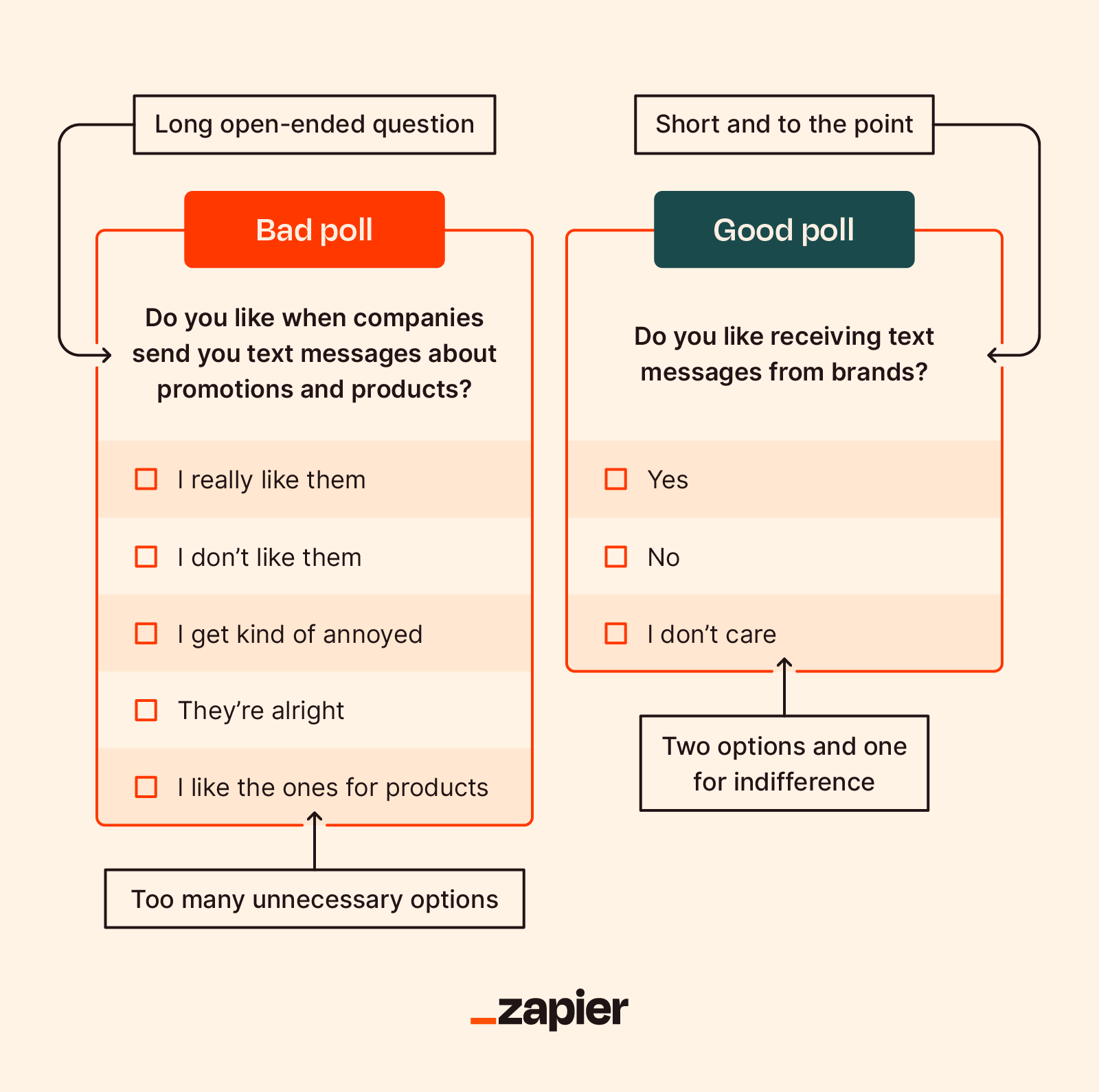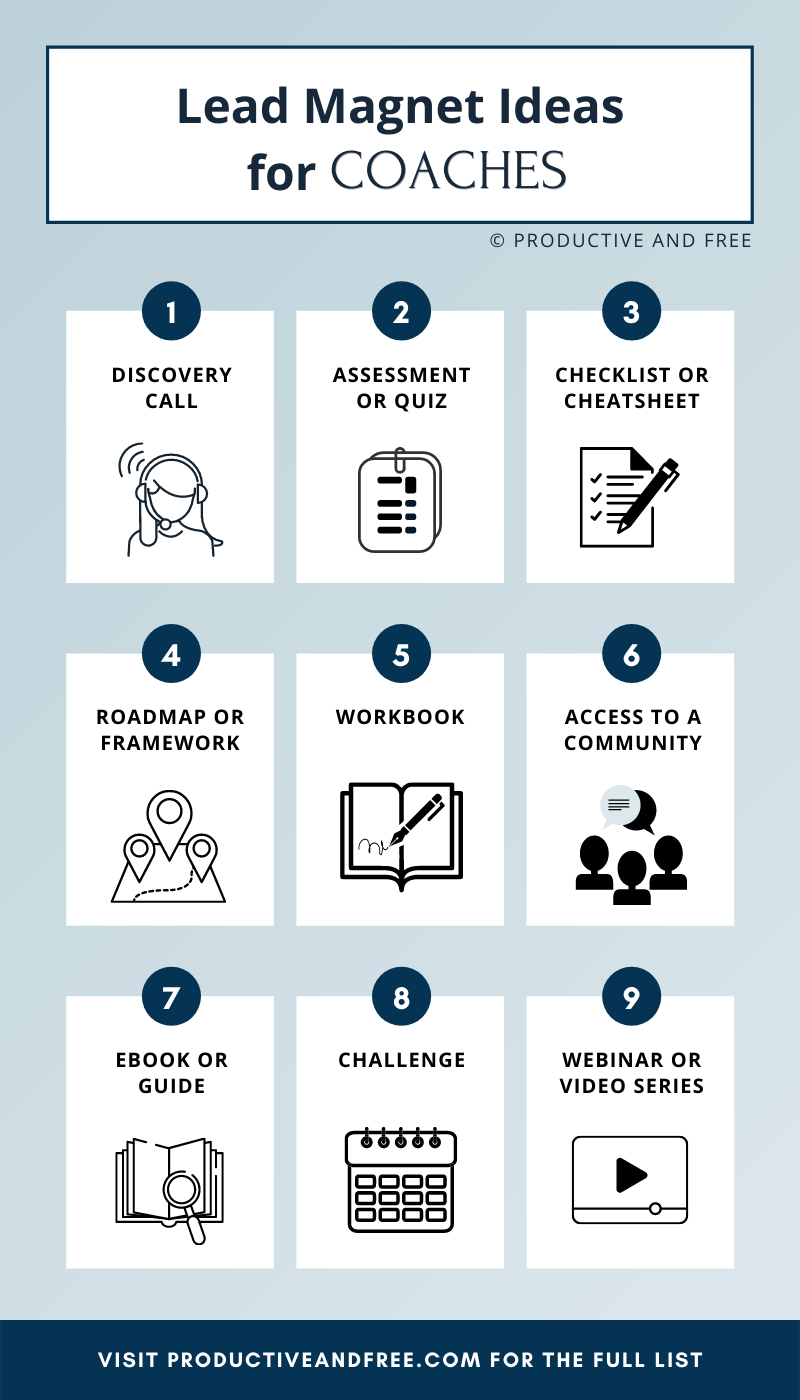How to Validate Course Idea: A Step-by-Step Guide
Do you have an interesting course idea in mind? Hold on. Follow this guide on how to validate course idea to ensure its successful launch.
Do you have an interesting course idea in mind? Hold on. Follow this guide on how to validate course idea to ensure its successful launch.

If you’re jumping into online course selling, you need to know how to validate course idea before investing significant time, effort, and money in its creation. It’s easy to get excited about a topic you’re passionate about, but without proper validation, you risk investing your resources into a course that learners might not want or find valuable.
According to Social Creators, almost 90% of online courses fail. Why? One possible reason could be skipping course idea validation.
Validating your course idea ensures that your content solves real problems for a specific audience and aligns with market demand. It also helps you sharpen your message, enhance your marketing strategy, and boost your chances of course success.
In this article, we discuss six course validation steps with actionable strategies to help you create a course that sells itself.

Your course validation journey starts with understanding your target audience. It involves looking beyond just demographics. You need to deeply comprehend their struggles, motivations, goals, and learning preferences.
Suppose you’re planning to launch a "Mastering Smartphone Photography" course. Your goal is to help everyday users take stunning photos with their smartphones. In that case, first identify who your ideal learners are, i.e., understand their demographics.
Create learner personas that include age, occupation, education level, and geographic locations. With that, don’t forget to consider emotional drivers, such as fears, challenges, and the solutions they've tried unsuccessfully.

For a photography course, the target audience might be busy adults aged 18-45 who love taking photos on social media but lack technical knowledge. They may be hobbyists or small business owners wanting better visuals without expensive gear.
Now, explore online spaces like Facebook groups, Instagram communities, and Reddit forums where these users gather. Listen to their discussions about photography struggles, such as poor lighting or composition, to understand their pain points. This will help you create detailed personas, ultimately allowing you to tailor course content and marketing that truly speaks to their needs.
The next step in “How to validate course idea” is market research. It will help you assess the competitive landscape and overall market demand for a specific topic.
Start by exploring established course platforms like Udemy, Coursera, or Skillshare to identify how many related courses are available, their enrollment stats, and learner feedback. Pay particular attention to what learners praise and what complaints they have in their reviews, especially negative ones. They highlight gaps or areas for improvement that your course can uniquely address, which could be an opportunity to differentiate.
Going back to our photography example, you can research existing smartphone photography courses on Udemy.

You might find popular courses focus heavily on technical jargon or DSLR cameras, leaving a gap for simple, smartphone-specific guidance. Now, use Google Trends and the Keyword Planner to confirm steady search interest for phrases such as "smartphone photography tips" or "improve phone photos." Here is an example:

This research shows demand while identifying how your course can stand out by focusing on easy, practical tips for smartphone users.
Direct learner feedback provides the most reliable validation of your ideas. Use survey platforms like Google Forms, Typeform, or SurveyMonkey to create concise, targeted questionnaires that investigate your audience’s challenges, preferred learning formats (video, live sessions, text), and willingness to invest financially.
For instance, your questions should include questions like, “What frustrates you most about smartphone photography?" or "Which photography skills do you want to learn?"

Share the survey in photography Facebook groups or your social channels. Additionally, run quick polls on Instagram Stories or Twitter, asking followers if they'd enroll in a course about smartphone photography skills. You can also incentivize participation with giveaways or early access to encourage sincere, thoughtful feedback.
The insights you gain here are invaluable in shaping curriculum, delivery methods, and marketing messaging tailored to what learners want and will pay for.
In the next step, create a “minimum viable offer” or a low-barrier entry point before committing to a full course launch. It could be a free ebook, checklist, mini-video series, or a webinar targeting your course topic. It will help you assess audience interest.
Let’s say you post a downloadable "Smartphone Photography Checklist” or a short video tutorial on your social media pages, website, and email. Now, track how many people sign up to download or watch the content. If hundreds join and engage, this shows strong interest. This process not only builds your email list but also provides tangible evidence that your topic resonates with your audience.
You can also leverage email follow-ups to gather feedback and nurture potential students for your main course launch. Ensure that you analyze which checklist tips or tutorial sections receive the most positive responses to inform your course content and delivery style. Below are some ideas to ponder upon.

The next step in this “How to validate course idea” guide is launching a pre-sale campaign or a waitlist signup page that describes the course benefits.

Similarly, go for "Take professional-looking photos with your phone in just 4 weeks!" to pre-sell your smartphone photography course. It will help you validate demand and willingness to invest before you build your full course.
Ensure that you create a clean and compelling landing page that clearly communicates the outcomes learners can expect. You can also incorporate testimonials, if available, or social proof to increase trust.
Now, invite visitors to pre-order at a discounted price or join a waitlist for early access. Promote the page via email, social media, and photography forums. The number of sign-ups and pre-sales confirms demand and your audience’s willingness to pay. If sign-ups are lower than expected, consider testing variations in pricing, course promises, or marketing messages.
Pre-sales not only confirm market readiness but also provide essential upfront capital to fund the development of the course.
Validation is an ongoing cycle of collecting and interpreting data, then adjusting course design and strategy to better fulfill learner needs. Collect qualitative and quantitative feedback from the pre-sale participants and mini-offer users.
Monitor which modules or topics they express excitement about, and gather any questions or concerns they may have. You can also use the results from surveys and short interviews to deepen your understanding.
This analysis will help you refine your course outline, add or remove modules, change delivery formats, or enhance learner engagement strategies. For instance, if many want more editing tips, expand that section. Iterative feedback ensures your final course perfectly fits the learner's wants and maximizes value.
Now that you know how to validate course idea, here are some tips to help you through your journey:
Validating your course idea before creating content saves precious time, money, and effort. It ensures you build a course that learners want, benefit from, and are willing to pay for.
Follow the six steps we discussed in this guide to validate your course. You can also use an AI-powered tool like Coursebox to create lead magnets, surveys, and mini-courses in a few minutes. Once you’re done with validation, you can use Coursebox’s gamification and automated grading features to generate an interactive, full-length course.
Sign up for free now to learn how to create online courses with Coursebox after validating your course idea.
Validating a course idea involves testing whether there is genuine interest and demand for your course topic before investing time and resources in building it. It involves researching your target audience, market trends, and gathering direct feedback to ensure your course solves real problems and appeals to learners. Validation reduces risks by confirming that people want and are willing to pay for your course.
Knowing your ideal learners helps you tailor your course content to their specific needs, challenges, and preferences. It enhances course relevance and marketing effectiveness by enabling you to speak their language and offer solutions they truly care about. Without a clear audience definition, your course may miss the mark and fail to attract paying students.
Mini-offers, such as free ebooks, checklists, or short video tutorials, provide a low-barrier way for your audience to engage with your content. Tracking sign-ups and engagement on these offers helps measure interest and gather early feedback. Mini-offers also build your email list and warm up potential students for your full course.
Pre-sale and waitlist campaigns test whether learners are willing to pay before the course is fully developed, providing strong validation of market demand. They generate upfront revenue and build anticipation, creating a sense of exclusivity and urgency. Tracking these campaigns helps refine your course messaging, pricing, and launch strategy based on real customer behavior.
Coursebox is an AI-powered platform that simplifies validation by enabling you to create lead magnets, surveys, and mini-courses quickly and easily. After the idea validation, you can also generate the entire full-length course on Coursebox using its gamification, automated grading, and feedback features.
